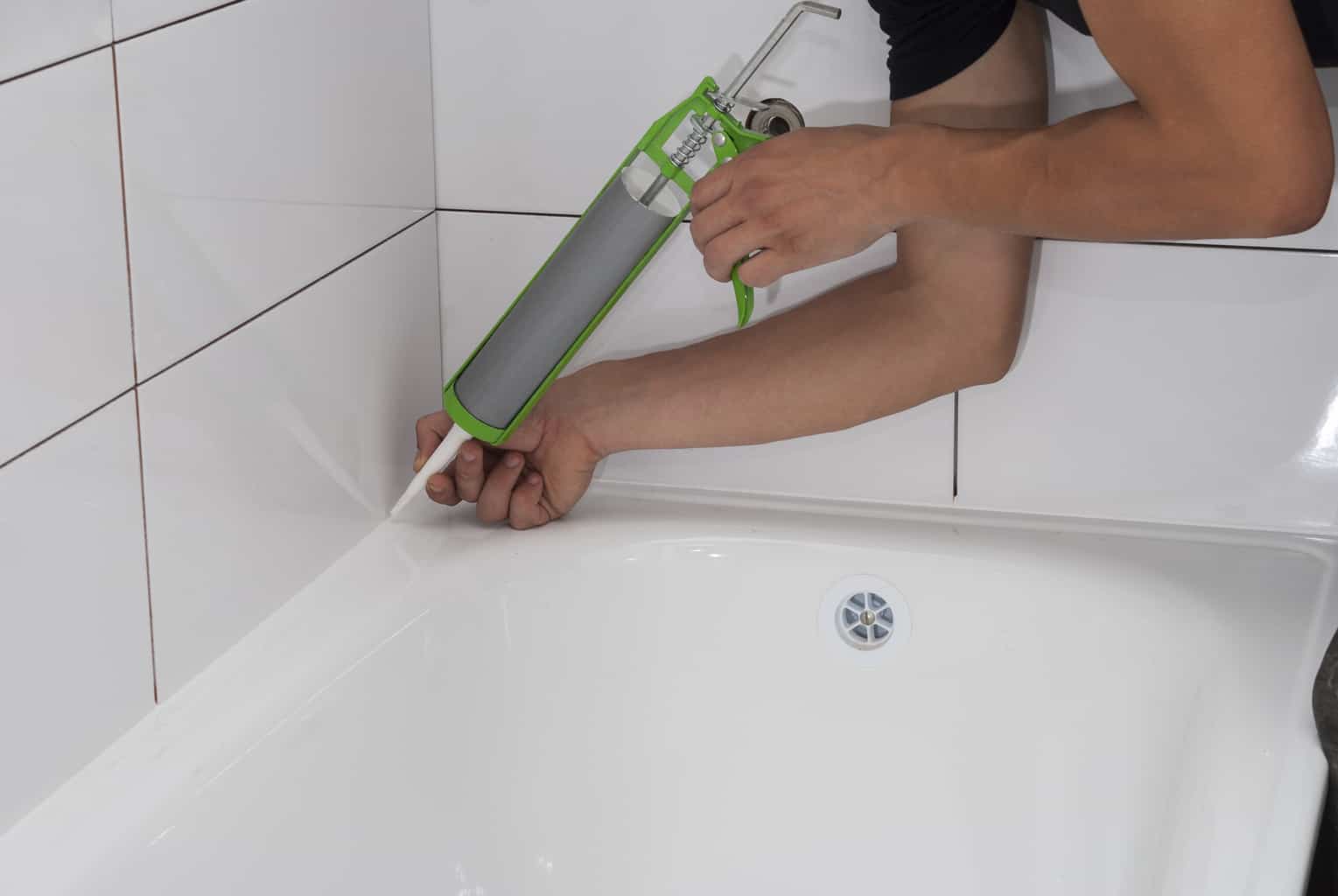You can find caulking in seams made of two materials, at corners, baseboards and doors, as well as around bathtubs or surrounding areas. To caulk a seam that isn't already sealed or to re-caulk it, you need to clean the area. You can usually grab a small piece of caulk and pull it along the entire wall or surround it with a pair of pliers.
Old or loose tiles should be avoided as the caulk can cause them to pull away from the wall and break in the tub's bottom. To prevent any tiles from falling off the walls, it is a good idea to wrap painter's tape around the surround. You can know more about caulking via https://www.nkacaulking.com.au/.

Image Source: Google
Tape the top of your tub about one quarter inch from the wall. This will protect it in the event that your screwdriver, chisel or other tools slip. After the old caulk is removed, use a stiff brush or a green scrub pad to clean the seams. Fine sandpaper can be used to smoothen the area to be caulked.
A good caulk brush is typically 1/8" to 1/4". A good caulk bead is usually 1/8" to 1/4". Spray foam should be dried before you apply the caulk. If you're working in a closed area, it is essential to use gloves, goggles, and protective clothing. After cleaning up the area and removing the old caulk, the next step is to apply the caulk.
Caulk won't permanently attach objects that are of significant weight to a ceiling or wall. For more information on these and other repairs, it is best to contact a local ceramic tile dealer.
